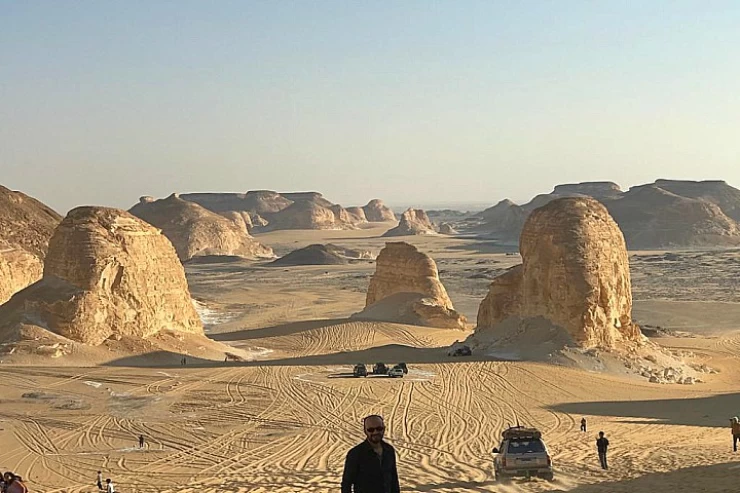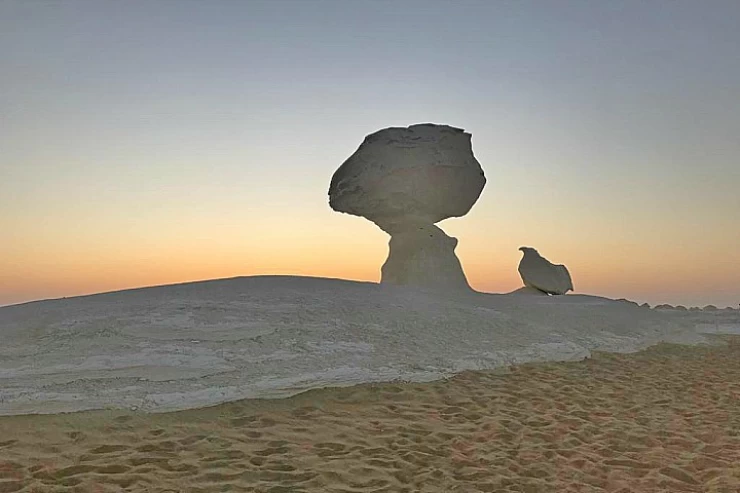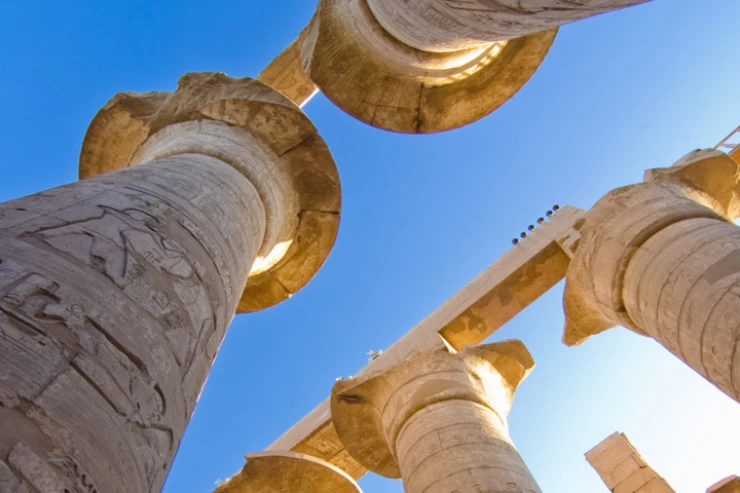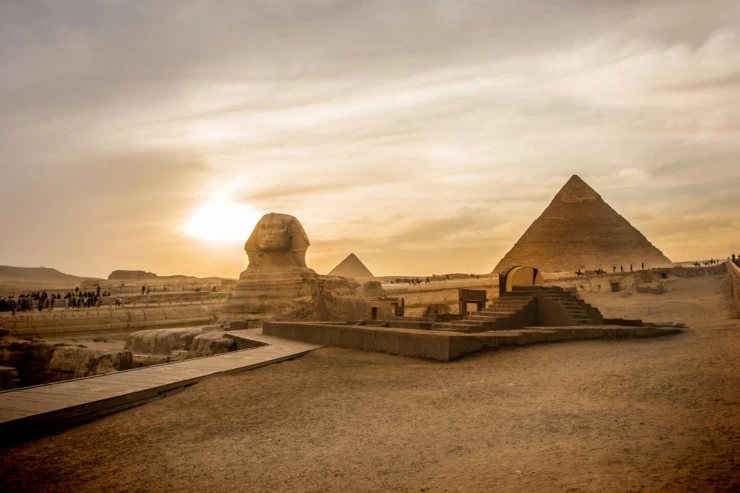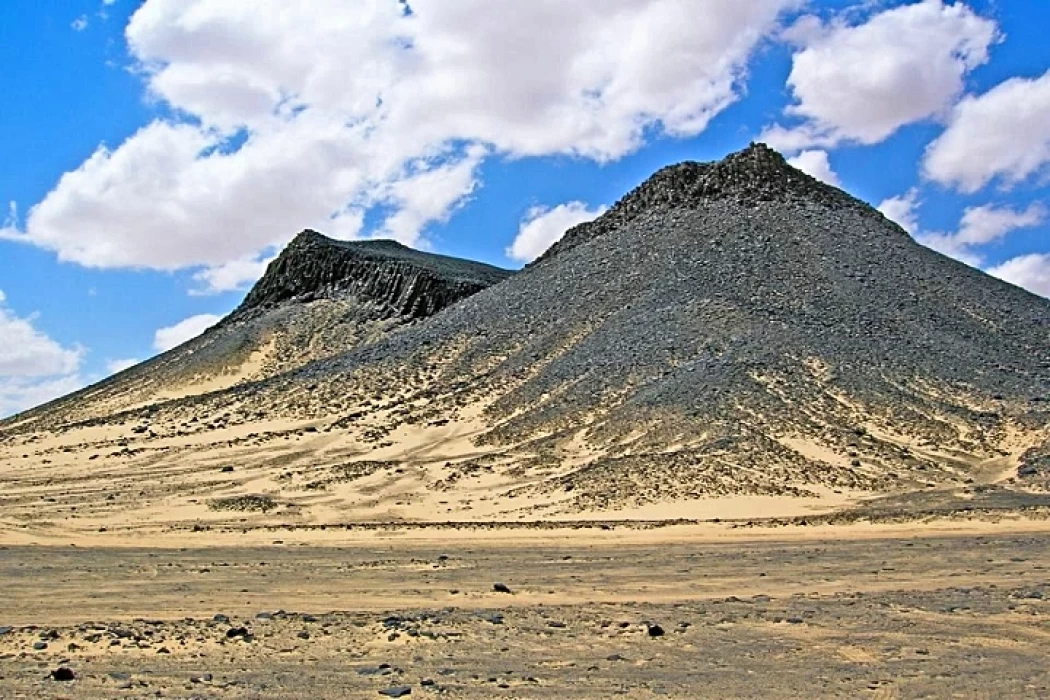
Al-Marsous Mountain in the Black Desert
Al-Marsous Mountain in the Black Desert
Located in the Bahariya Oasis, about 50 kilometers south of El Bawiti, Jebel al-Marsous can be reached by car from Cairo, a journey that takes four to five hours. Al-Marsous Mountain is a volcanic mountain in the first place, and it is also considered a nature reserve at the same time, as the Black Desert region was declared a nature reserve in 2010.
After the discovery of some dinosaur skeletons on the borders of its area, and there are black volcanic hills that proved the explosion of dolite, a volcanic material dating back to the Jurassic period, and because of that the craters of the mountain became black in color and there is a layer of black powder covering the mountains, highlands and sand.
As for the Black Desert, it consists of a group of mountains and hills that date back to prehistoric times, about 180 million years ago, specifically in the Jurassic period, and the height of the hills reaches a hundred meters, most of which take on a dark color, due to their formation from iron quartzite, and others from iron sandstone, in addition to volcanic peaks.
The Black Mountains are associated with some historical events dating back to the British occupation of Egypt, such as the “English Mountain,” which was named after the English troops stationed on it during the British occupation of the oasis, and the ruins on its summit date back to the First World War. The mountain is characterized by its black summit because it contains basalt stones, which are volcanic rocks that indicate ancient volcanic activity in the region, and its height reaches 200 meters.
The mountain's tourist importance is due to its location in the middle of the urban area of Bahariya Oasis. Tall Dast and the Ladle are known everywhere due to the finding in 2000 of the remains of the second-largest dinosaur in the world which existed 94 million years ago in the Cretaceous period.
Bahariya Oasis has many touristic sites with a lot of history including the valley of the golden mummies and the church of St. George who are both Pharaonic and Roman. Also this place harbours a variety of rare and endangered birds, insects and plants, which appeal to many scientists in various fields due to the need to study these species.







